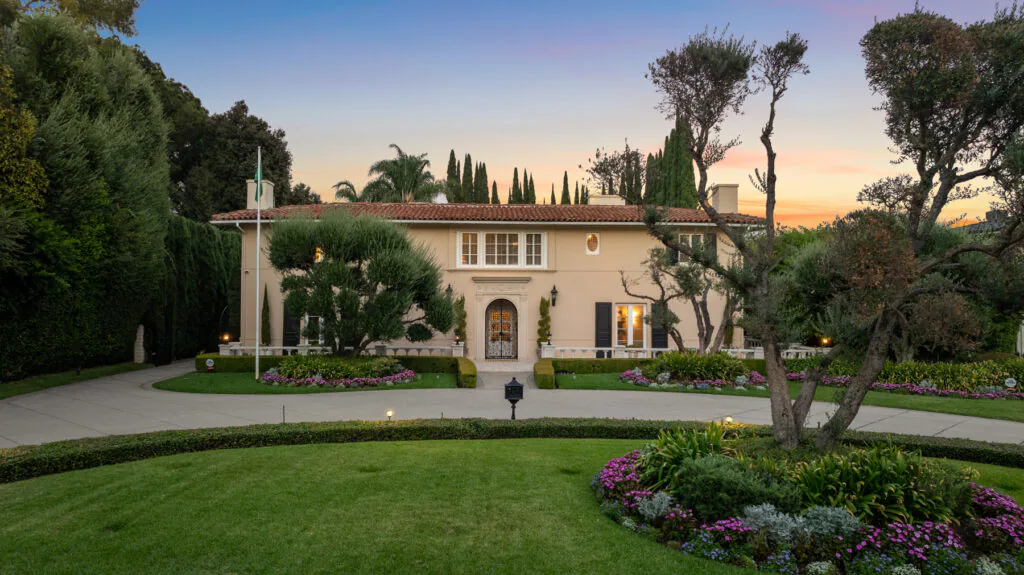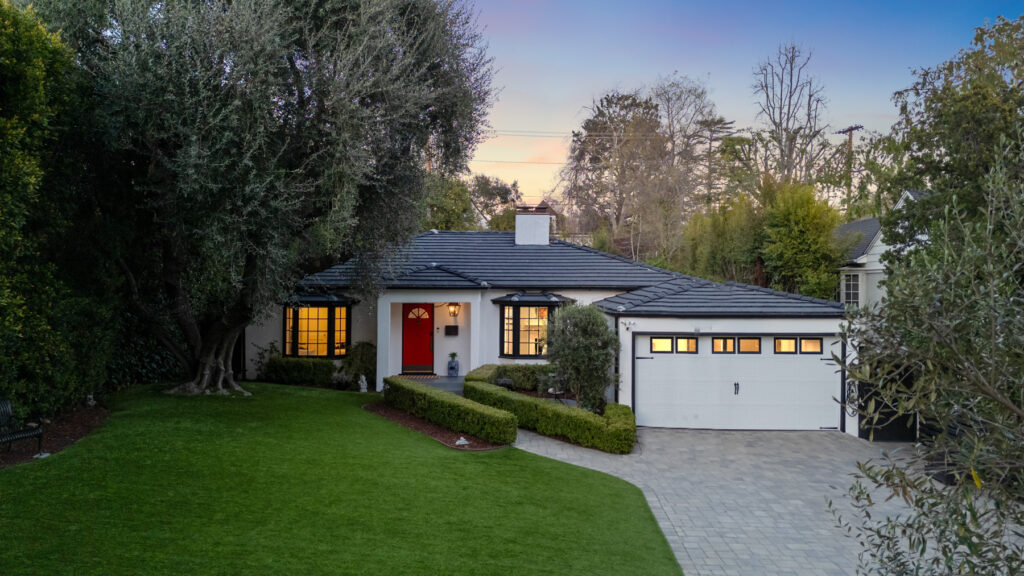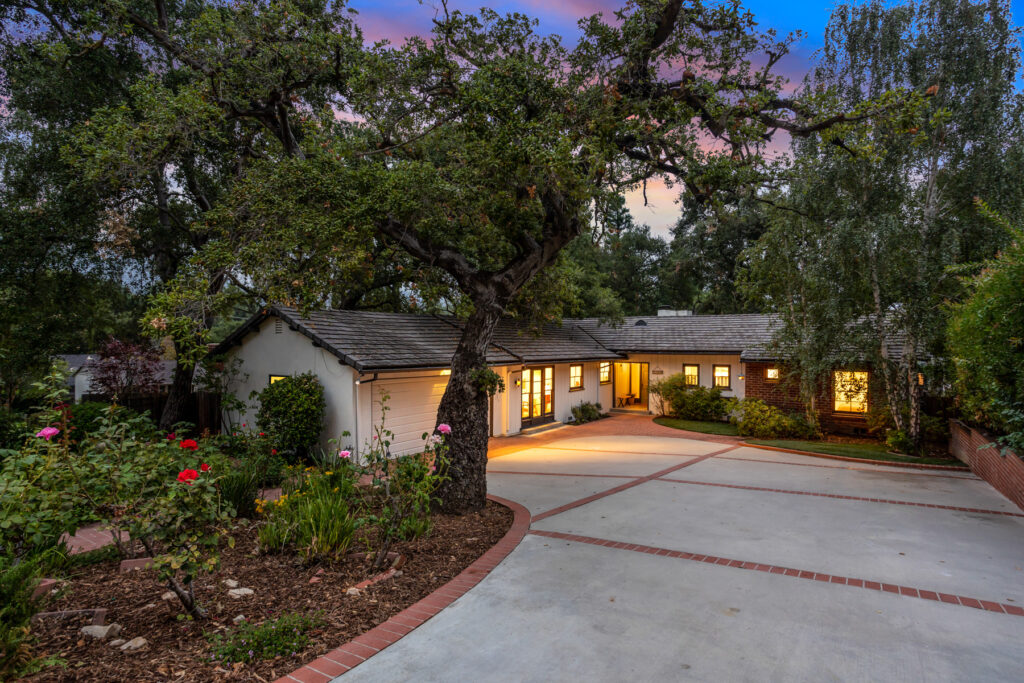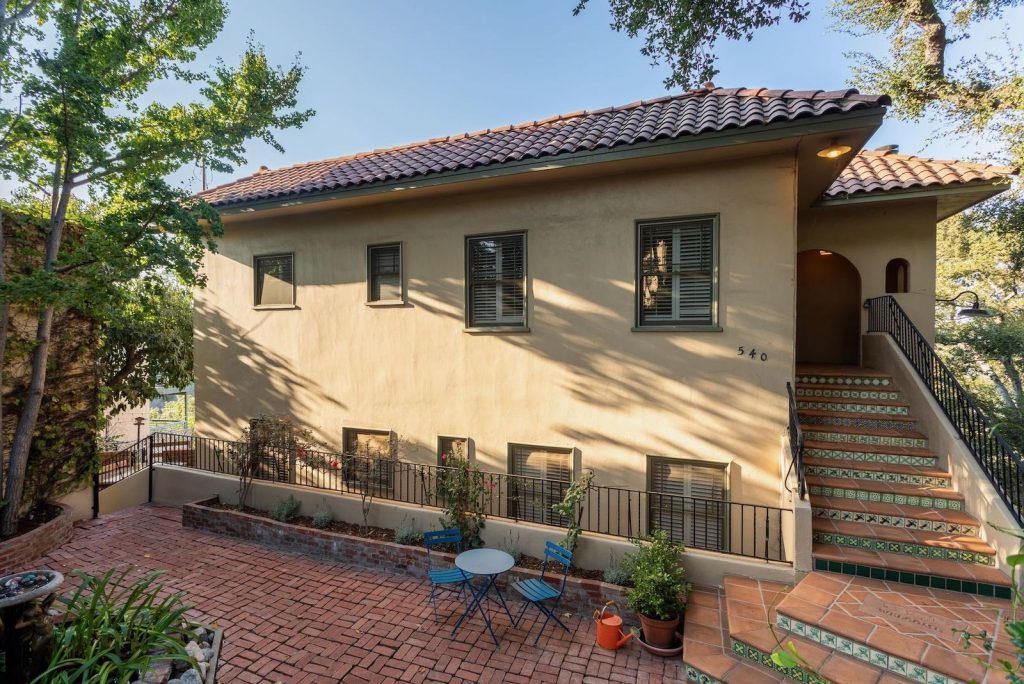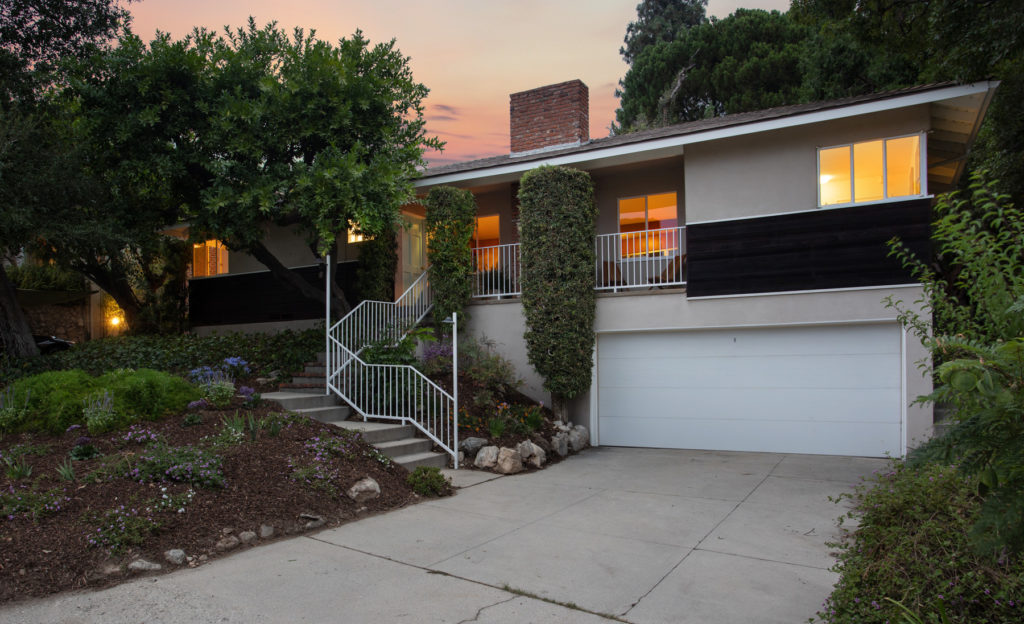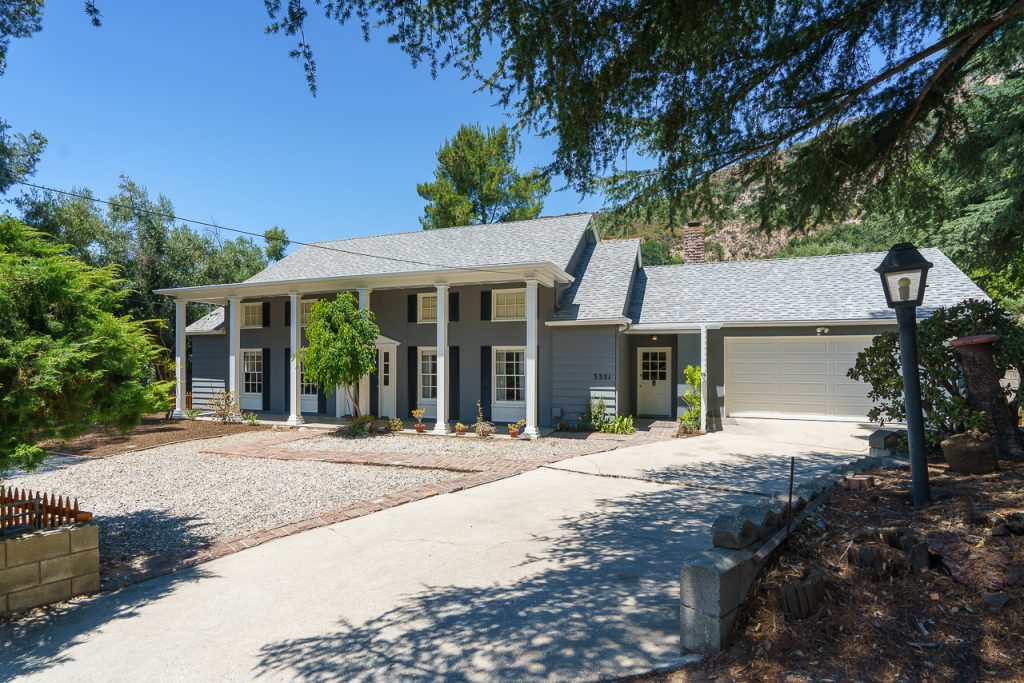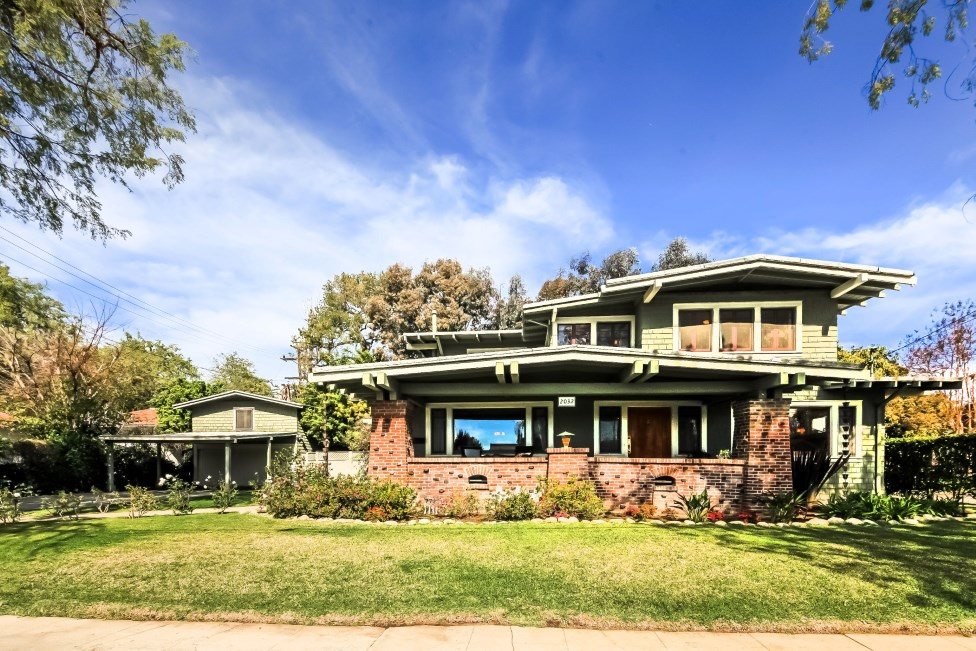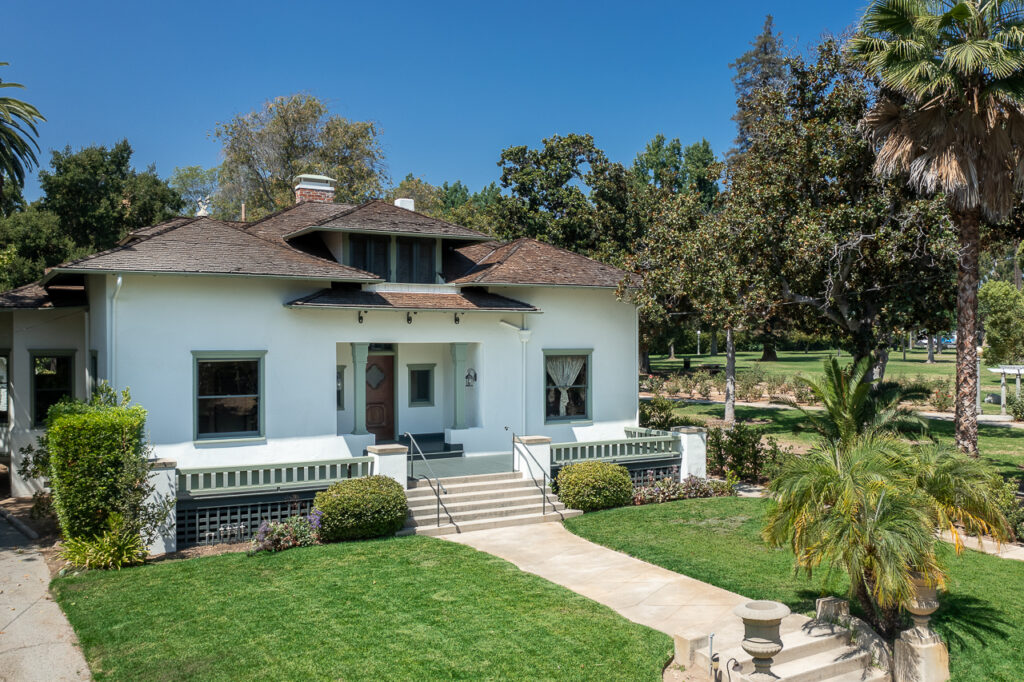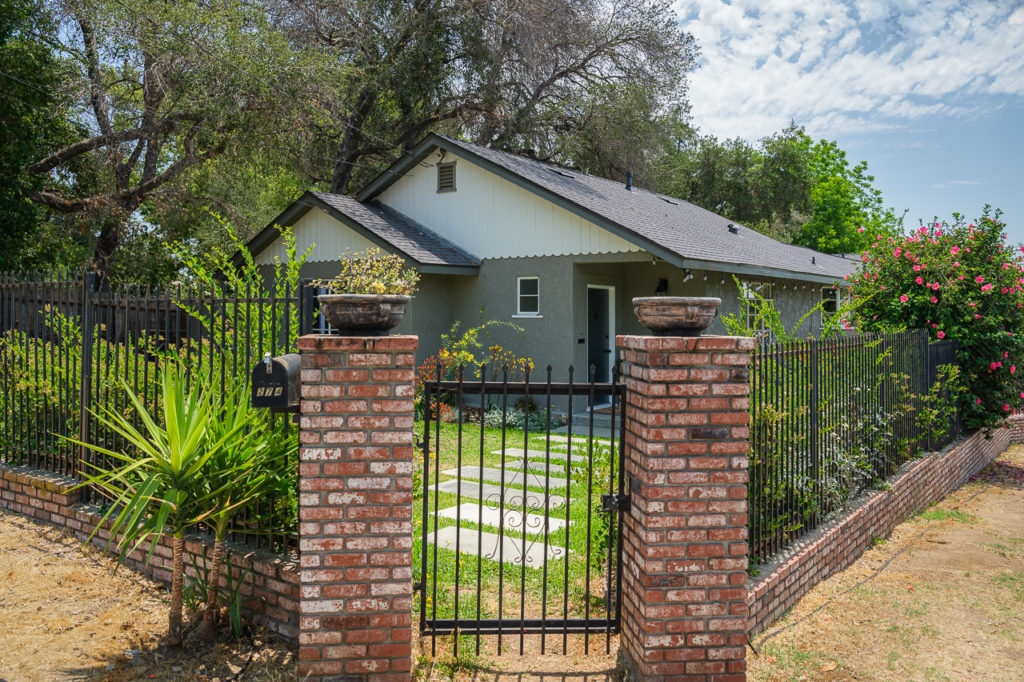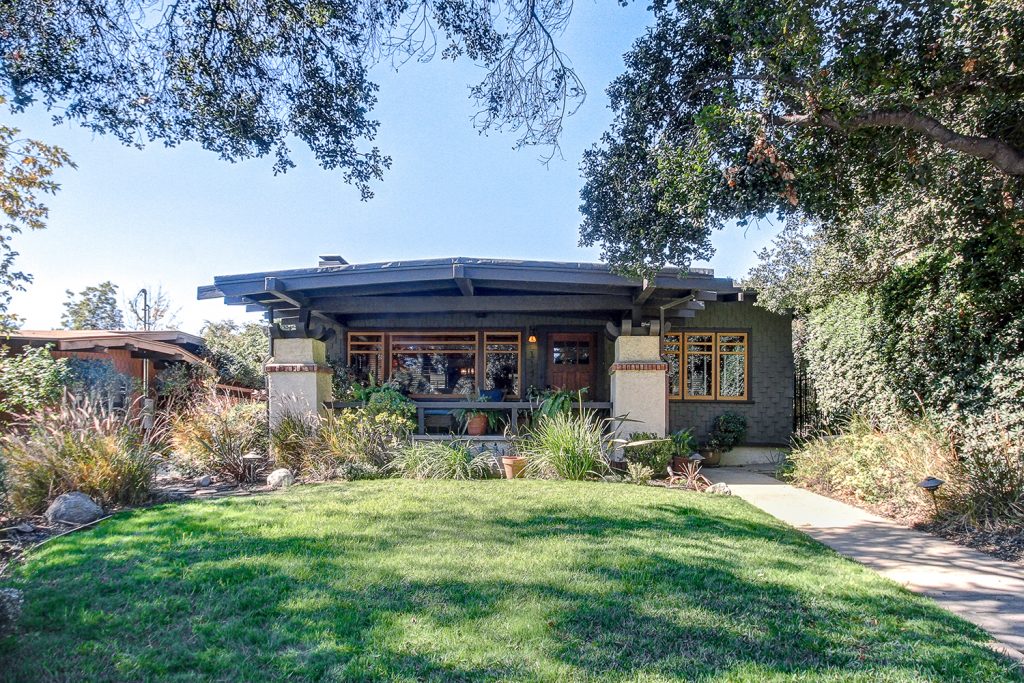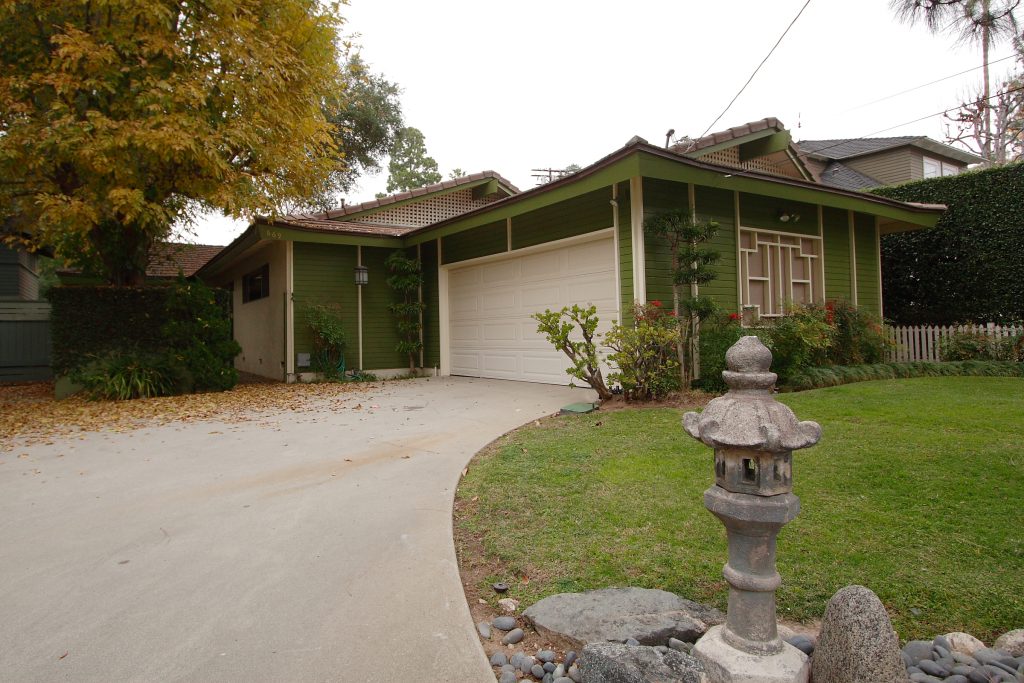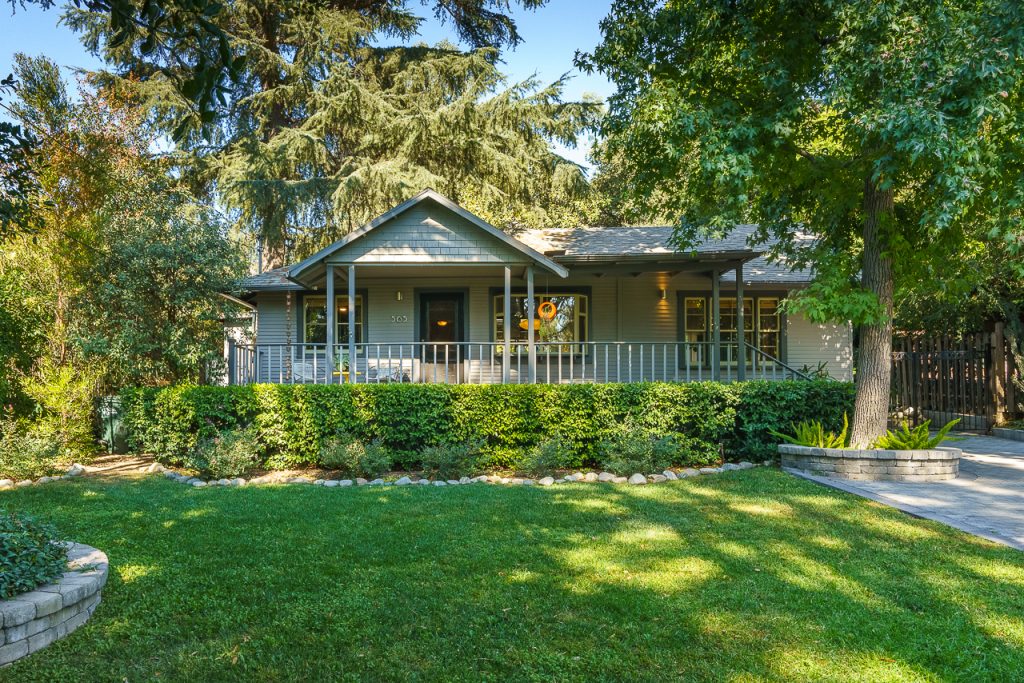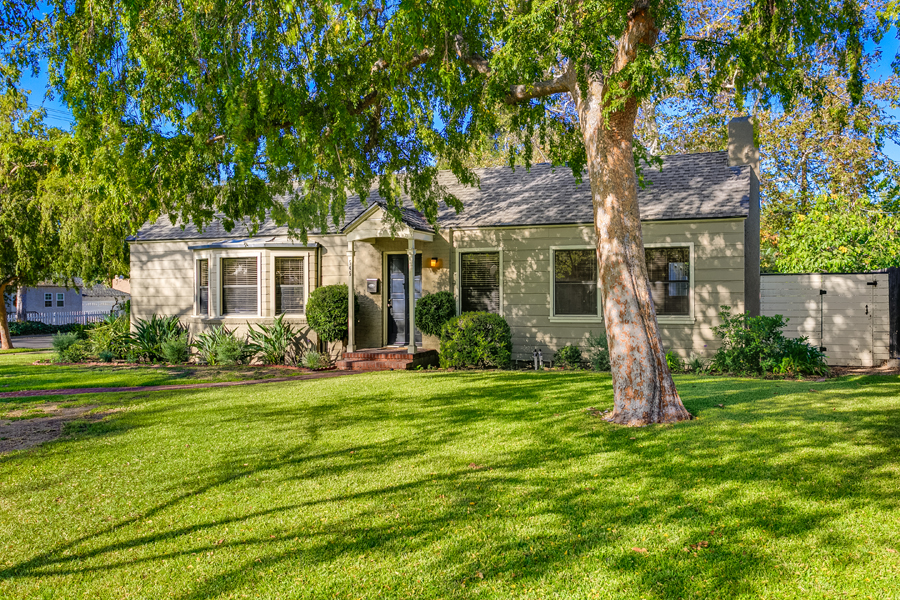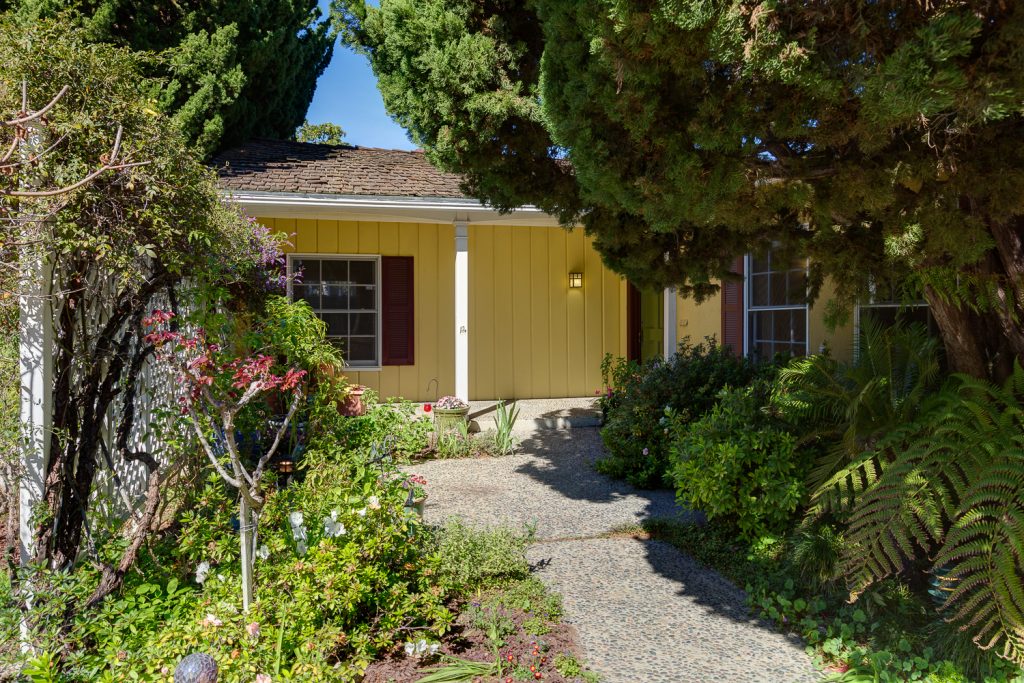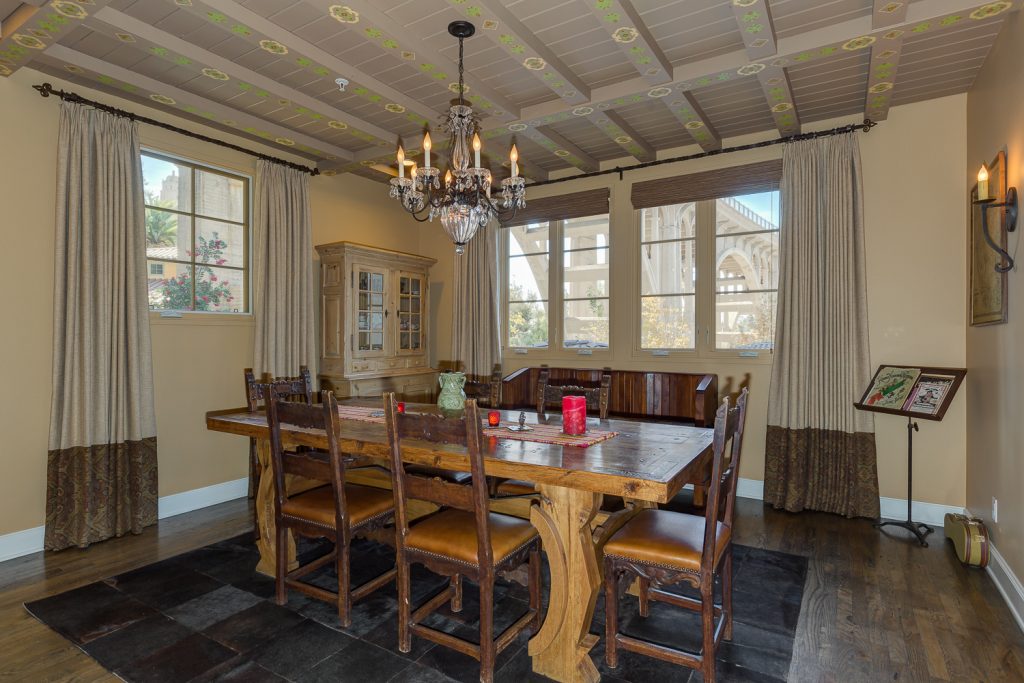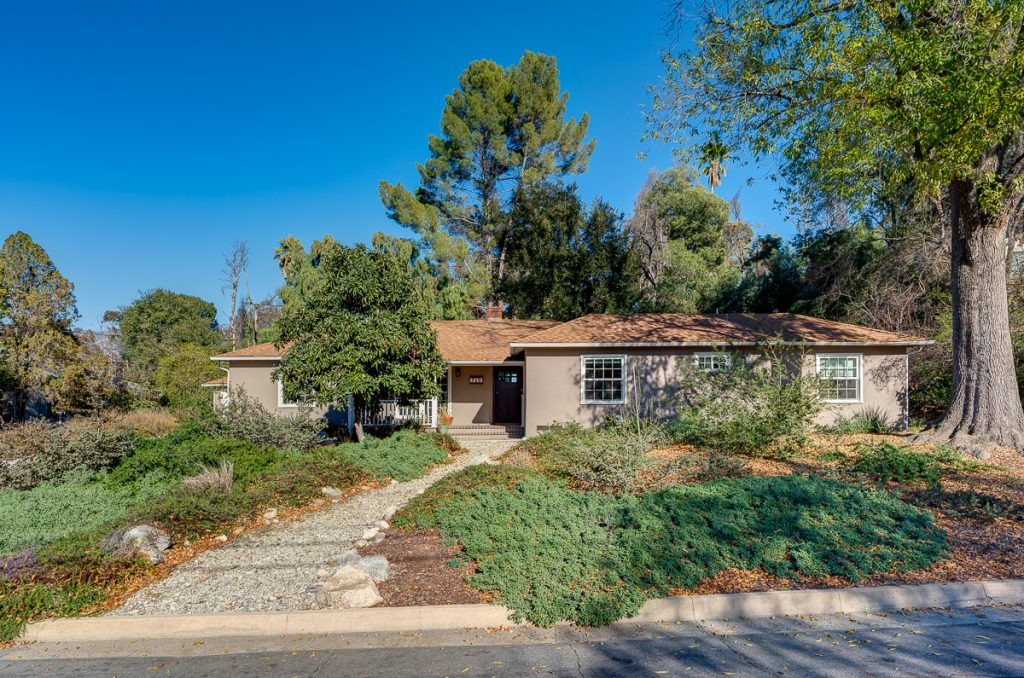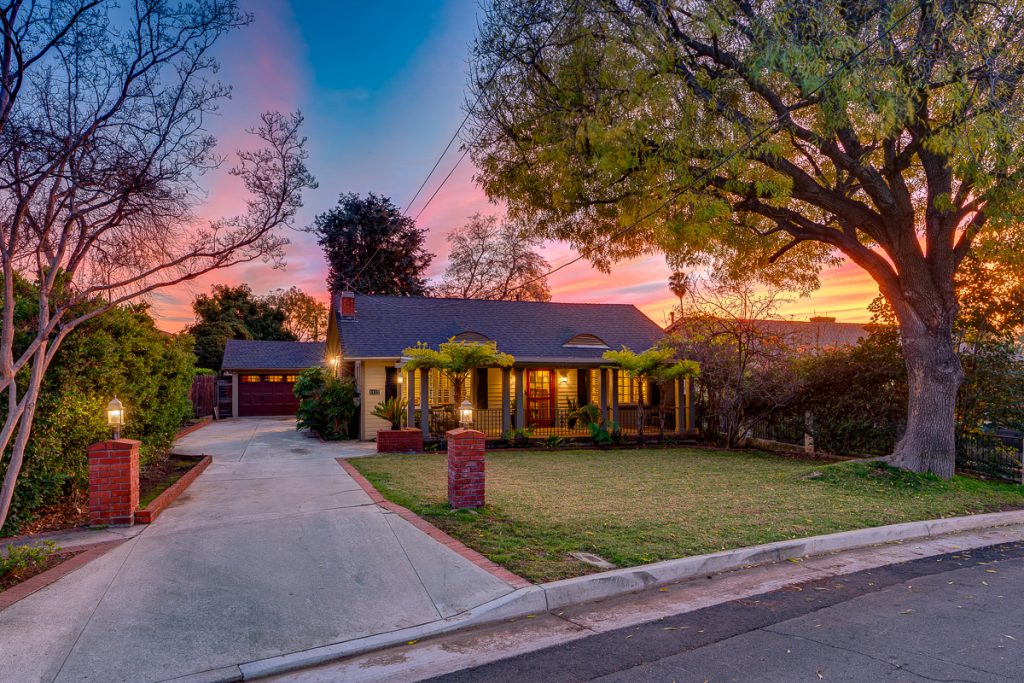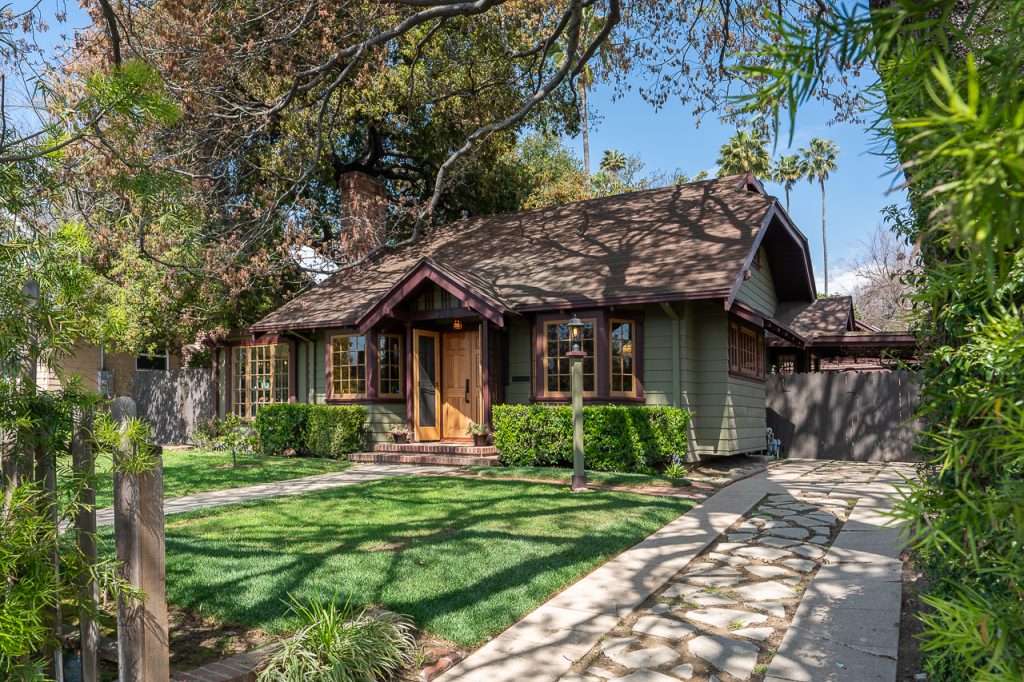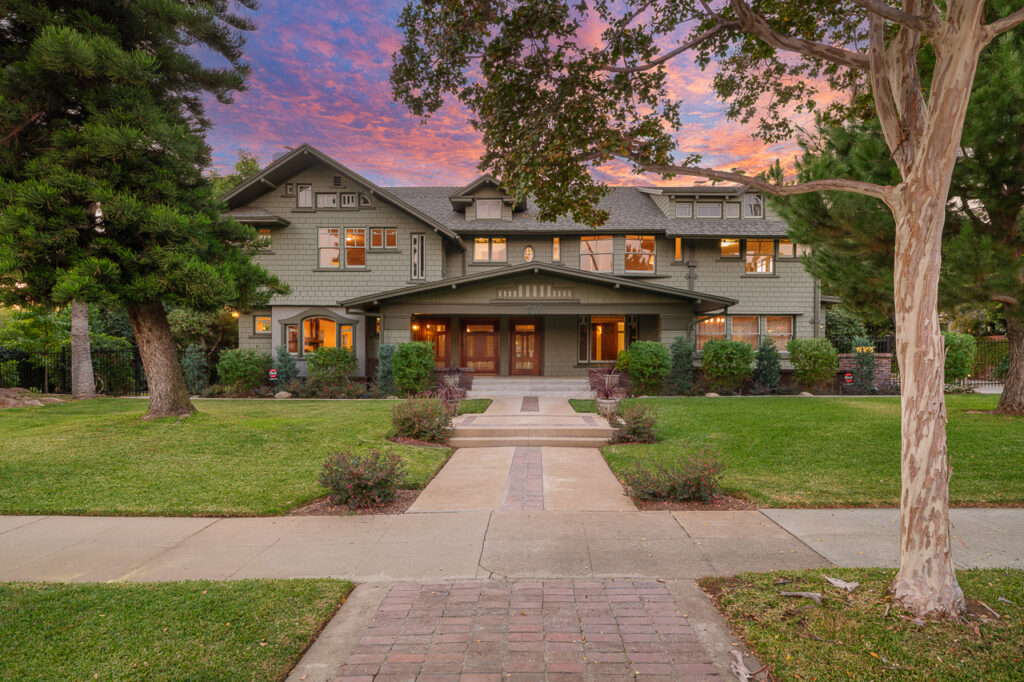Coldwell Banker
388 S. Lake Avenue,
Pasadena, CA 91101
office: 626.797.6500
Email: [email protected]
Points Lose Favor
With interest rates at or near record lows, many borrowers are seeing little reason to pay points when buying or refinancing a home. Some are even opting for what’s known as “negative points,” agreeing to a slightly higher rate to help pay closing costs.
The trend away from points, which buy down the interest rate in exchange for an upfront fee, partly reflects borrower sentiment that rates are already low enough, the industry experts say.
In New York and other areas with a mobile population, many people avoid mortgages with points, because they know they won’t be staying put long enough to break even on the costs, which typically takes five to seven years, according to Norman Calvo, the president of Universal Mortgage, a mortgage broker in Brooklyn.
“If you’re young and buying your first apartment,” Mr. Calvo said, “chances are you’re going to be moving on.”
Only about 5 percent of Universal’s customers pay points, he said. Nationwide, 32 percent of loans for purchases had paid points in December, down from 47 percent in December 2008, according to the Federal Housing Finance Agency, which oversees Fannie Mae and Freddie Mac.
A point equals 1 percent of the loan amount, so paying one point on a $250,000 refinancing costs an extra $2,500 at closing, atop other mortgage fees, taxes and escrow amounts. Paying a point usually reduces the interest rate by 0.25 points over its term, so for instance instead of 4 percent, the rate is 3.75 percent.
The average number of points paid in 2011, according to a Freddie Mac survey, was 0.7 percentage points, less than half the levels people paid in the 1990s. The average has been 0.7 percent for three years, after it hit a low of 0.4 percent in 2007; in 1995 it averaged 1.8 percent, according to Freddie Mac data.
The chief advantage to paying points is you lower your rate and your monthly payment based on a one-time charge, said Neil Diamond, a mortgage banker with Legacy Real Estate in Commack, N.Y. Your mortgage professional should take time to find out what works for your circumstances, then structure the loan and fees and commission accordingly, he said.
So how do you know if paying points is worthwhile? There are two key considerations: how long you plan to live in a home, and how much you can afford in closing costs.
Many mortgage professionals suggest a rule of thumb on living in a home for at least five years to reap the savings. Others suggest doing an analysis of your financial goals, along with a direct comparison of no-point and point mortgages. Once you’ve filled out a mortgage application, ask for good-faith estimates on both options, said Chanda Gaither, a housing counselor with La Casa de Don Pedro, which works on affordable housing and neighborhood development in Newark.
People should also consider how much cash they have in reserve for emergencies and unexpected housing costs, Ms. Gaither said; that may be more important than a slightly lower rate.
Sometimes a seller will offer to pay a point or two on the mortgage as a concession. But, “with rates as low as they are, people are not coming out of their pockets to pay for points,” especially for refinancings, said Russell Tucker, a senior vice president of Investors Home Mortgage in Short Hills, N.J.
Some borrowers, meanwhile, go for negative points, which is also called a lender rebate or points in reverse. In exchange for accepting a higher rate, the lender agrees to give the borrower a credit, which is usually used for closing costs.
Mr. Calvo says these rebates can be “a really, really great option” to defray costs, especially for larger mortgages. He said he recently closed a $2 million loan on which the borrower agreed to accept a rate of 4.75 percent, instead of 4.5 percent, in exchange for a $20,000 credit in closing costs.


